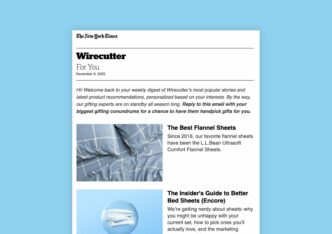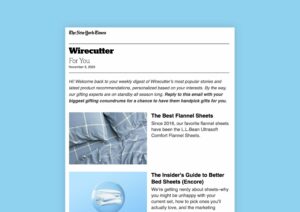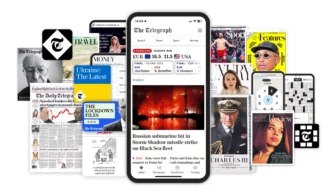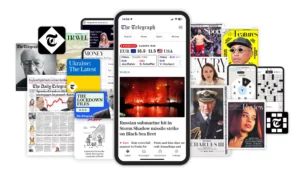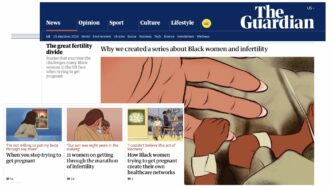
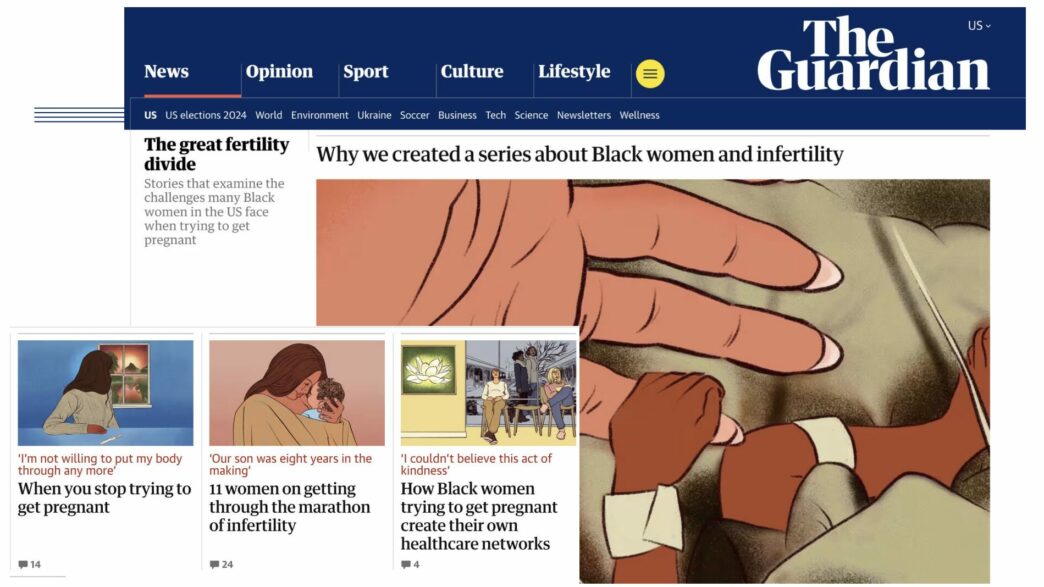
Ava M. Macha’s unique job title, Audience Engagement Editor for Underrepresented Communities at The Guardian, caught our attention immediately! We sat down with her to hear all about arriving into this first-of-its-kind role, the work in practice and discover how it’s paid off for The Guardian’s wider strategy.
The engagement editor as community strategist: Ava’s role in redefining audience journalism
As the audience engagement editor for underrepresented communities, Ava sits between editorial and community, helping the newsroom design engagement strategies that serve underserved audiences. This includes regular audience editor tasks, but also working closely with the immigration, race & equity and west coast desks to build relationships with diverse audiences, both through pre-publication listening and post-publication amplification to the communities where it matters most.
“I’m not just here to publish tweets. I’m here to ask: ‘Who should we be speaking with? Who needs to see themselves in this story? And how do we build those relationships early, and ethically?”
Stepping into this first-of-its-kind role
Stepping into her role, Ava’s first strategic move was to investigate The Guardian’s existing US audience. This meant diving deep into comp score studies and surveys to truly learn about who Guardian US readers are (age, race, sexuality, gender identity, location) – “What can we learn about the demographics of the audience? What can we NOT know?”. Then, crucially, defining what “underrepresented” readers the brand was actually trying to reach, and then establishing the right metrics to track them, became foundational to measuring her impact and defining success.
But it’s not just about the hard data. Ultimately, she learned that there was very little existing data on reader demographics however, readership did skew older and whiter. Despite not being able to know the exact racial makeup of readers, she sees success as improving the performance of stories coming out of the race and immigration desks, plus engagement through high touch promotion on socials such as Reddit, or shares in community groups, such as those on Facebook pages run by affinity groups.
The Race and Equity desk has strong coverage on Black US culture and key issues, so engagement from Black US readers was a clear initial target.
This work in context: The Great Fertility Divide
The Great Fertility Divide is an ambitious editorial series looking at racial disparities in fertility care in the U.S. The subject demanded nuance, credibility, and above all trust. She knew that the target readers (Black US millennial women) are likely not going to the Guardian website for these kinds of stories.
Rather than treating engagement as a last-minute callout or just social promotion after the stories were published, Ava embedded herself in private online communities to learn about audience needs, designed callout questions with care, and ultimately helped the stories reach real target readers who felt that stories were written for them and not just about them.
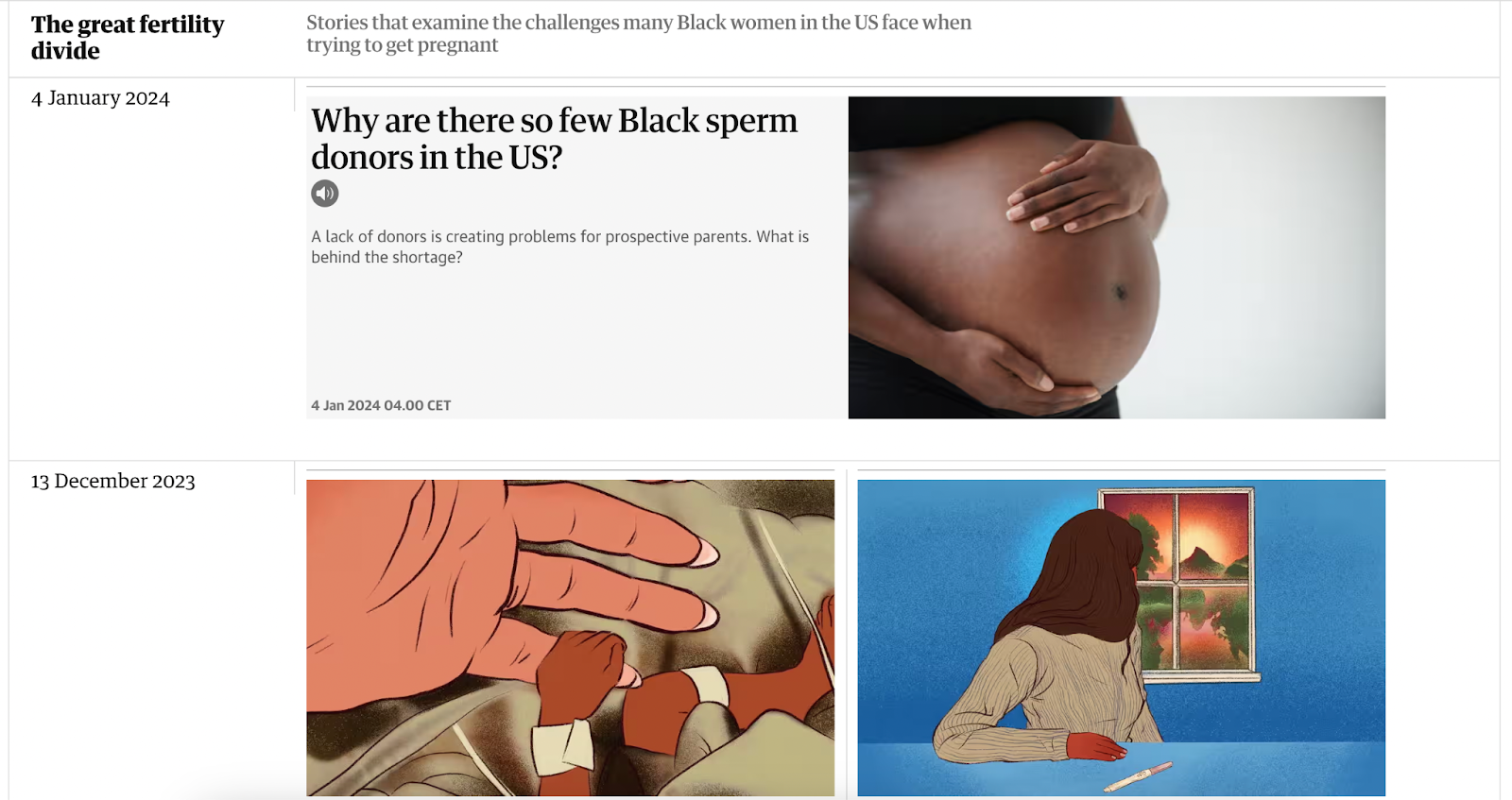
The engagement loop: More than a callout
From the start, the team’s goal wasn’t just traffic — it was engagement.
Ava identified Facebook groups for ‘Black women trying to conceive’ as both a primary audience and sourcing ground.
She reached out to group admins and sources that writers were already working with, some of whom became advocates for the project, and generated leads for future reporting.
She collaborated with the editor to publish a clear and gender inclusive callout on The Guardian and shared it within these communities. Each story within the series also had the callout linked in the standfirst, so readers could continue to contribute ideas for future reporting.
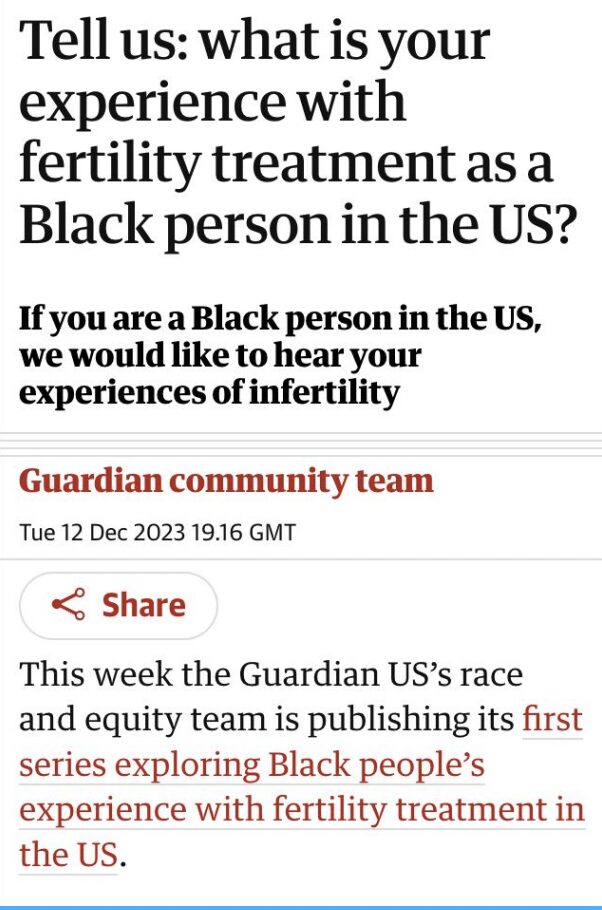
This wasn’t a fishing expedition. It was a targeted strategy designed to earn trust.
“We approached people not just as sources, but as co-owners of the topic. That changes everything.”
Platform-specific strategies that paid off
- Facebook groups
Guardian US joined and actively engaged in private Black TTC (trying to conceive) groups.
Admins were consulted early, which gave the project legitimacy and organic reach by sharing trusted sources within tight-knit communities.
These spaces weren’t used for promotion but for listening, sourcing, and relationship-building.
> Key takeaway: For sensitive topics, skip the public page and go where real conversations are happening — even if it’s behind a gate.
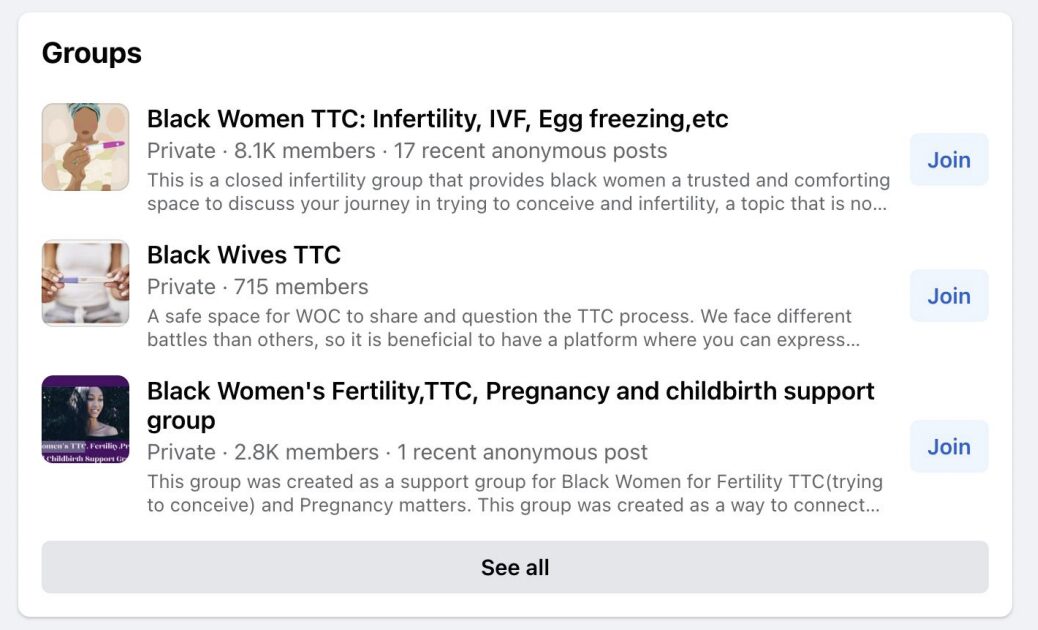
- Instagram:
Instagram emerged as the highest-engagement platform. It was key for the team to share the story on Instagram, given that Black, female news consumers use Instagram at slightly higher rates than other groups.
A December 20th post to both Guardian US and Guardian main accounts generated 233 shares, 4,800 likes, 583 saves and 83 comments, showing depth of connection.
> Key takeaway: Use saves and shares, and comments as leading indicators for emotional resonance, not just traffic.
- Reddit:
Posts in infertility subreddits like r/infertility and r/IFchildfree brought over 12,000 views in total.
The Guardian team shared entire stories and callouts, inviting ongoing conversation, not just drive-by clicks. For Ava, the most valuable part was reading comments from women who said the stories resonated with their own experiences, and knowing that stories had reached and were serving the target reader.
“I am a Black woman and this is so validating. Navigating racism on all the levels while trying to have a baby is so challenging and dangerous. And the wealth inequality on top of it. ….Thank you for focusing on this! It is so important!”
> Key takeaway: On Reddit, value comes from being part of the community, not just mining it for reach. The platform also encourages more thoughtful, longer form responses.
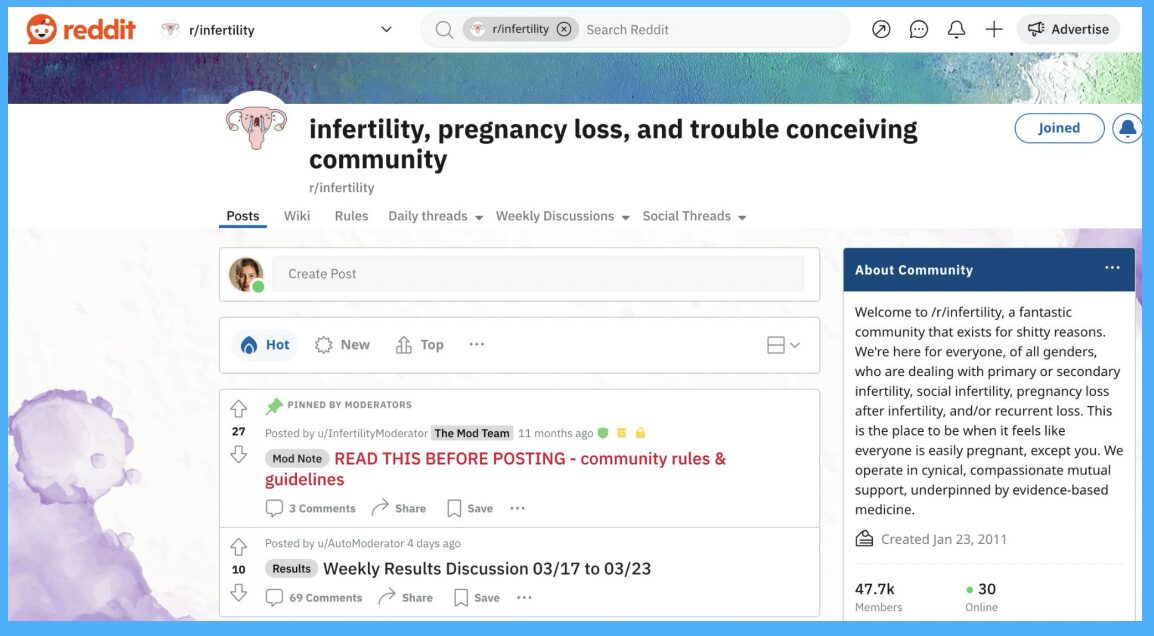
Lessons to take from this strategy:
1. Don’t just ask for stories — build around communities.
The project’s biggest strength was that it didn’t treat engagement like a box to check. It started with the audience and shaped editorial decisions from there.
2. Make an effort to share your story in niche communities
Mainstream channels might deliver volume — but in this case, intimate, topic-specific groups delivered trust, nuance, and authentic responses.
3. Close the loop
Responses from callouts were used to generate follow up story ideas, but not in published stories. It’s important to communicate with sources and callout respondents about how you use their stories, and share the final articles for transparency – and to close the engagement loop. This isn’t extractive journalism, it’s participatory.



